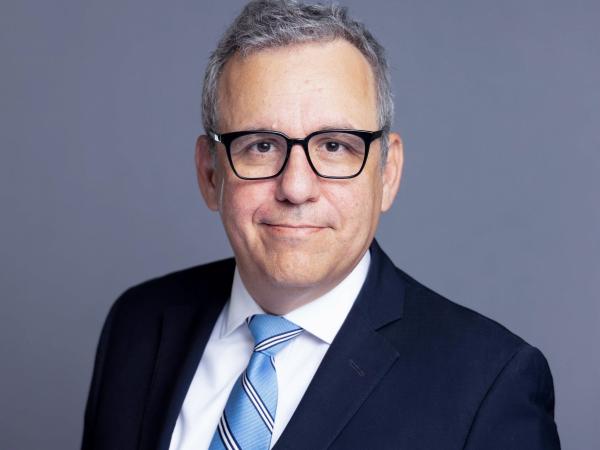In a dialogue with Portafolio, Axel Christensen, director of Investment Strategies for Latin America at BlackRock, defined what, in the asset manager’s opinion, are the challenges facing Colombia in the second half of the year: the installation of a new government, the global high inflation and rising interest rates.
(BlackRock still sees room in equity markets.)
In general terms, how do you see the region?
We see it as a region that constantly lives with many challenges but also opportunities. Challenges such as the risk of a drop in activity, high inflation, changes in government that follow this look of waiting to make an investment. Certainly the challenges are not minor but at the same time, I will mention two positive factors.
For now, we believe that Latin America should play an important role in this process of redesigning globalization. Countries like Mexico and also Colombia, which have the US as their main trading partner, can gain greater participation in these production processes.
Now, that’s part of the story, it’s one half. Are the countries of Latin America willing to take advantage of this opportunity? It is not guaranted. It is in that the countries can offer the conditions that attract this relocation of the productive chain. We are quite convinced that this opportunity exists.
(BlackRock investment fund moves away from coal business).
The second element has to do with the climate transition. We believe that the region, in many elements, certainly presents challenges in those countries that are still dependent on fossil fuels, since obviously the transition will reduce that demand, but at the same time it will generate a demand for what we call free metals, in general, metals associated, for example, with electromobility, such as copper.
In the specific case of Colombia, how do you evaluate the economy in the first semester?
It is important to mention the context in which the Colombian economy is developing in the midst of what is happening on the planet, in which we are already beginning to feel the impact of inflation more strongly, which was already coming from the pandemic and the war in Ukraine. In a process (rate hike) that the central banks of the region, which were already taking a slower step, because the situation did not require it, have had to speed up the pace to put the brakes on global-scale inflation.
Based on that, one begins to notice a Colombian economy that has been doing well, that even among international forecasts, it was seen with an upward perspective, but of course with situations in which interest rates have to rise more than expected. expected, it is difficult to think that Colombia will be exempt from the effects of the largest rate hikes.
As you say, inflation was important in the first semester, what do you expect from the second period?
We are certainly very attentive to the components that have pushed prices.
Probably the biggest challenge right now is the pass-through that comes with the devaluation of the Colombian peso, which has been very important and that brings with it an additional effect on inflation in imported products, including some local products.
This effect will have to be taken into account when analyzing how much more has to be applied to raise interest rates. It is not something that only concerns Colombia. It will also depend on what the Federal Reserve does. We are in a difficult stage for central banks.
What do you expect from the second semester?
It is going to be a second semester that shows a more complex global panorama, where we are in a global economy that, on the one hand, continues to struggle with high inflation, which means that the central banks are going to go above what is anticipated, which which has effects on economic activity, which we have already noted. The focus of concern is no longer just inflation, but also recession and contraction risks.
And, in particular in the Colombian economy, we see a government that is beginning to settle in, that brings with it all the difficulties of any administration that takes over with many of the public team that will be new to their positions, that will bring experience in some areas, but it is not the same as how it works at the national government level. In the case of Colombia it is a double challenge.
A situation that is not easy due to the external panorama and that accompanies the new government.
With the consequent effect: a lot of private investment waiting for what the signs are going to be and for that reason perhaps delaying the investment plans, to hope to have a more precise and clear picture of how important issues are seen, starting with what has been announced tax reform.
You expect the Petro government to be moderate, like others in Latin America. How is this interpreted?
There are several examples in the region of similar electoral processes. For example, the candidate for the presidency of Brazil today (Lula Da Silva); in her first period there were many fears. The market corrected sharply prior to taking office and, looking back, Brazil’s economic development was well above those rather dismissive expectations. It also happened in Chile. The history of the region has many examples, but also exceptions.
ROBERTO CASAS LUGO








